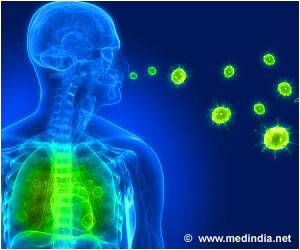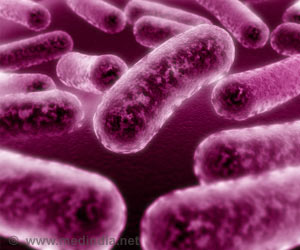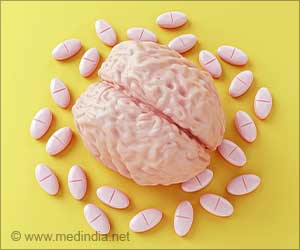Previously hidden secrets of fungal cell wall have been discovered by an LSU chemist, he has identified the high-resolution architecture of the cell wall of one of the most common fungi, Aspergillus fumigatus.

‘Aspergillus fumigatus has been found to have a semi-waterproof core comprised of two types of stiff sugar molecules that are bridged by some highly branched sugars and coated by a layer of a sugar-protein mixture that constantly moves in a smooth wave-like motion.’





"This is the first time anyone has looked at the whole cell of this fungi in its native state at such high resolution. Our work provides the molecular basis to engineer more effective antifungal drugs," Wang said.The LSU research team includes postdoctoral fellow Xue Kang, graduate students Alex Kirui and Malitha Dickwella Widanage, and undergraduate researcher Adrian Chen.
The scientists identified that Aspergillus fumigatus has a semi-waterproof core comprised of two types of stiff sugar molecules that are bridged by some highly branched sugars and coated by a layer of a sugar-protein mixture that constantly moves and undulates. The scientists pinpointed this structure by analyzing the fungi through dynamic nuclear polarization solid-state nuclear magnetic resonance spectroscopy at the National High Magnetic Field Laboratory in Tallahassee, FL. This method provides an unprecedented sensitivity and resolution to view the packing of molecules in native cells, without perturbation.
Next, Wang and colleagues will test the efficacy of various antifungal drugs against Aspergillus fumigatus in his lab at LSU. Also, they are characterizing other fungi in collaboration with Professor of Pediatrics and Microbiology Ping Wang in the Department of Microbiology, Immunology, and Parasitology at the LSU Health Sciences Center in New Orleans.
"I want to share the structure and characterization of underinvestigated complex carbohydrates because they are large, complex and difficult to understand. We are also establishing a method for rapidly screening the drug effects of various fatal fungi and guiding the development of better medicines," said Wang at LSU.
Advertisement









